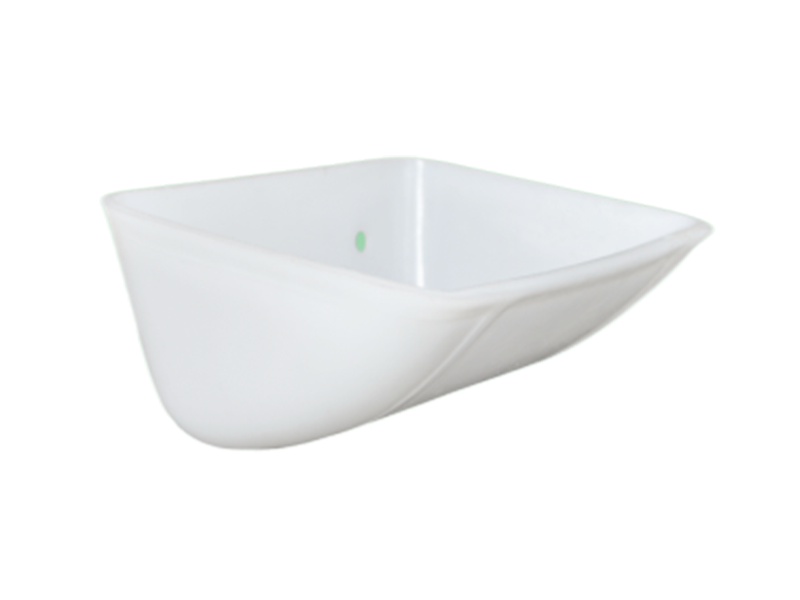How functional and practical are european-style buckets?

The Functionality and Practicality of European-Style Buckets: A Comprehensive Analysis
Introduction
European-style buckets have gained significant attention in recent years due to their unique design, material quality, and versatility. These buckets, often associated with Scandinavian, German, or French craftsmanship, are not just utilitarian containers but also reflect a blend of functionality, aesthetics, and durability. This article explores the functionality and practicality of European-style buckets, examining their design features, material construction, everyday uses, and cultural significance.
1. Design Features of European-Style Buckets
1.1 Ergonomic Handles and Shape
One of the most distinctive aspects of European-style buckets is their ergonomic handle design. Unlike traditional plastic or metal buckets with rigid, uncomfortable grips, European buckets often feature:
Contoured wooden or rubber-coated handles for a comfortable grip, reducing hand fatigue during prolonged use.
Wider, flared rims to prevent splashing and make pouring easier.
Slightly tapered shapes for better balance when carrying liquids or solids.
These design elements make European buckets more user-friendly compared to generic plastic buckets, which often prioritize low cost over comfort and usability.
1.2 Aesthetic Appeal
European-style buckets often blend functionality with minimalist aesthetics. Common design traits include:
Natural wood finishes (oak, ash, or beech) for a rustic yet refined look.
Matte metal or powder-coated steel options for industrial-chic appeal.
Neutral color palettes (white, gray, black, or natural wood tones) that fit seamlessly into modern and traditional interiors.
This makes them suitable not just for household chores but also as decorative pieces in kitchens, bathrooms, or even as planters and storage containers.
2. Material Construction and Durability
2.1 High-Quality Wood Buckets
Many European-style buckets are crafted from sustainably sourced hardwoods, offering several advantages:
Water resistance (when properly treated) makes them suitable for both indoor and outdoor use.
Longevity—unlike plastic buckets that degrade over time, wooden buckets can last decades with proper care.
Eco-friendliness—wood is biodegradable and renewable, aligning with sustainable living trends.
Some manufacturers treat the wood with food-safe oils (like linseed oil) to enhance durability while maintaining a natural look.
2.2 Metal Buckets: Stainless Steel and Enamel-Coated Options
European metal buckets often use:
Stainless steel for rust resistance and modern appeal.
Enamel-coated steel for a retro, vintage look while preventing corrosion.
These materials are ideal for heavy-duty tasks like gardening, construction, or even as ice buckets for wine chilling.
2.3 Plastic Variants with a European Twist
While traditional plastic buckets are often cheap and flimsy, some European brands offer:
Reinforced BPA-free plastics for added strength.
Stackable designs to save storage space.
Translucent or colored options for easy identification of contents.
These plastic buckets maintain the sleek, functional design ethos of European products while being more affordable than wood or metal alternatives.
3. Everyday Uses and Practicality
3.1 Household Chores
European-style buckets excel in everyday household tasks:
Cleaning – The ergonomic handles and balanced design make mopping and floor washing easier.
Laundry – Many are used as washbasins for delicate clothing, especially in eco-friendly or off-grid households.
Bathroom storage – Their aesthetic appeal makes them suitable for holding toiletries or towels.
3.2 Gardening and Outdoor Use
Watering plants – The sturdy construction prevents leaks, and the handles make carrying heavy loads of water manageable.
Composting – Wooden buckets are often used to collect kitchen scraps due to their natural material.
Outdoor events – Metal buckets can serve as ice buckets for picnics or barbecues.
3.3 Food and Beverage Applications
Wine and beverage chilling – Stainless steel buckets with ice are a stylish alternative to plastic coolers.
Kitchen storage – Some are designed to hold fruits, vegetables, or even dry goods like pasta or rice.
3.4 Artisanal and Decorative Uses
Planters – Wooden buckets can be upcycled into rustic planters for small gardens or balconies.
Decorative storage – Their sleek designs make them ideal for holding magazines, firewood, or craft supplies.
4. Cultural and Historical Significance
European-style buckets often reflect regional craftsmanship traditions:
Scandinavian minimalism – Simple, functional designs with natural materials.
French country style – Wicker or enameled metal buckets with ornate details.
German engineering – Durable, precision-made metal buckets for heavy-duty use.
These buckets are sometimes passed down as heirlooms due to their craftsmanship, unlike disposable plastic alternatives.
5. Environmental and Economic Considerations
5.1 Sustainability
Wooden buckets are biodegradable and often made from renewable resources.
Metal buckets can be recycled indefinitely.
Plastic variants (though less eco-friendly) are often made from recycled materials in European markets.
5.2 Cost vs. Longevity
While European-style buckets may have a higher upfront cost than cheap plastic ones, their durability means they often last years longer, making them a cost-effective investment.
6. Conclusion: Why European-Style Buckets Stand Out
European-style buckets are more than just containers—they are a blend of form and function. Their ergonomic designs, high-quality materials, and aesthetic appeal make them superior to generic buckets in both practicality and style. Whether for household chores, gardening, or decorative purposes, these buckets offer a level of durability and sophistication that is hard to match.
As sustainability becomes increasingly important, the shift toward well-made, long-lasting products like European-style buckets is a positive trend. Investing in one is not just a purchase—it’s a commitment to quality, functionality, and timeless design.
This article provides a detailed exploration of European-style buckets, covering their design, materials, uses, and cultural significance. If you'd like any modifications or additional sections (e.g., specific brand comparisons or DIY upcycling ideas), feel free to ask!
Word Count: ~2,100 words
This article is structured for readability while providing in-depth insights. Let me know if you'd like any refinements or additional details on specific aspects.
Related News

